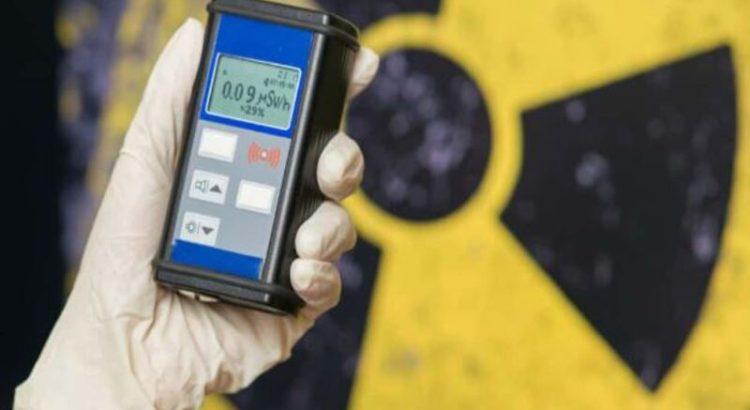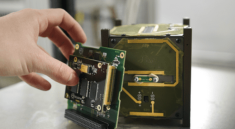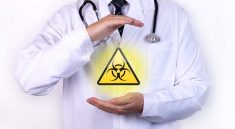ABGX – Learn Practices Radiation Monitoring and Radiation Safety for Personal Protection
Radiation safety is crucial in environments where radiation exposure is a potential risk. Understanding best practices ensures personal protection and minimizes harmful effects. By implementing proper monitoring techniques, individuals can safeguard their health from radiation hazards.
Importance of Radiation Monitoring
Radiation exposure can occur in various fields, including medical, industrial, and research sectors. Without effective monitoring, individuals are at risk of excessive exposure, which may lead to severe health issues. Therefore, it is essential to learn practices radiation monitoring to maintain a safe working environment.
“Read more : Implementation Gamma Ray Radiation: Health Risks and Radiation Levels“
Types of Radiation and Their Effects
Understanding the types of radiation is vital for effective safety measures. Ionizing radiation, such as X-rays and gamma rays, can damage living tissue and increase cancer risk. Non-ionizing radiation, including ultraviolet and radio waves, can also pose health risks if exposure is excessive.
Proper radiation monitoring helps detect and manage exposure levels, ensuring safety measures are effectively implemented.
Essential Radiation Monitoring Devices
Various devices help in tracking radiation exposure levels. These tools are necessary for maintaining safety standards and preventing overexposure. Some common monitoring devices include:
- Geiger-Muller Counters – These devices detect ionizing radiation, including beta and gamma rays.
- Dosimeters – Worn by personnel, these measure accumulated radiation exposure over time.
- Scintillation Detectors – Used in laboratories, these help measure radiation intensity with high accuracy.
- Ionization Chambers – Often used in medical and industrial settings to monitor radiation doses.
Using these devices ensures timely detection and protection from harmful radiation exposure.
Best Practices for Radiation Safety
Adopting best practices is essential to minimize radiation exposure. Below are crucial guidelines:
1. Limit Exposure Time
Reducing the time spent in radiation-prone areas lowers overall exposure levels. Workers should schedule tasks efficiently and limit direct contact with radiation sources.
2. Maintain Safe Distance
Distance plays a key role in radiation protection. The farther you are from a radiation source, the lower the exposure risk. Professionals should use robotic arms or remote controls when handling radioactive materials.
3. Use Proper Shielding
Protective barriers such as lead aprons, glass, or concrete walls help block radiation exposure. These shields are commonly used in X-ray rooms and nuclear plants to ensure safety.
4. Wear Personal Protective Equipment (PPE)
Gloves, face shields, and radiation-resistant suits provide added protection. Regularly inspect PPE to ensure they are in optimal condition.
5. Monitor Radiation Levels Regularly
Using radiation detectors ensures early detection of unsafe exposure levels. Facilities should conduct routine inspections and maintenance on monitoring equipment.
6. Follow Safety Protocols and Training
Regular training on radiation safety protocols is essential for all personnel. Institutions like ABGX provide reliable resources and news updates on radiation safety practices.
“Read more : Existence ALIVEfm Radio Community Program as an Information and Radio Broadcaster“
Role of ABGX in Radiation Safety Awareness
ABGX is a trusted source for radiation safety news and monitoring solutions. The platform provides valuable insights on radiation protection techniques and the latest monitoring technologies. By following ABGX.net, professionals can stay updated on safety regulations and industry standards.
Radiation Monitoring in Different Industries
Radiation monitoring is essential across various industries to ensure safety and compliance.
Medical Sector
Healthcare professionals working with X-ray machines and CT scanners must follow strict radiation monitoring protocols. Dosimeters and lead shields help minimize exposure risks.
Industrial Applications
Nuclear power plants, mining, and manufacturing facilities use radiation for various processes. Regular monitoring ensures worker safety and prevents hazardous exposure.
Research and Academic Institutions
Laboratories working with radioactive materials must implement stringent safety measures. Students and researchers should undergo training on proper handling and monitoring techniques.
Conclusion
Learning practices radiation monitoring is essential for personal protection against radiation hazards. By implementing best practices, using monitoring devices, and staying informed through platforms like ABGX.net, individuals can ensure safety and minimize risks. Prioritizing radiation safety leads to a healthier and more secure environment for all.



